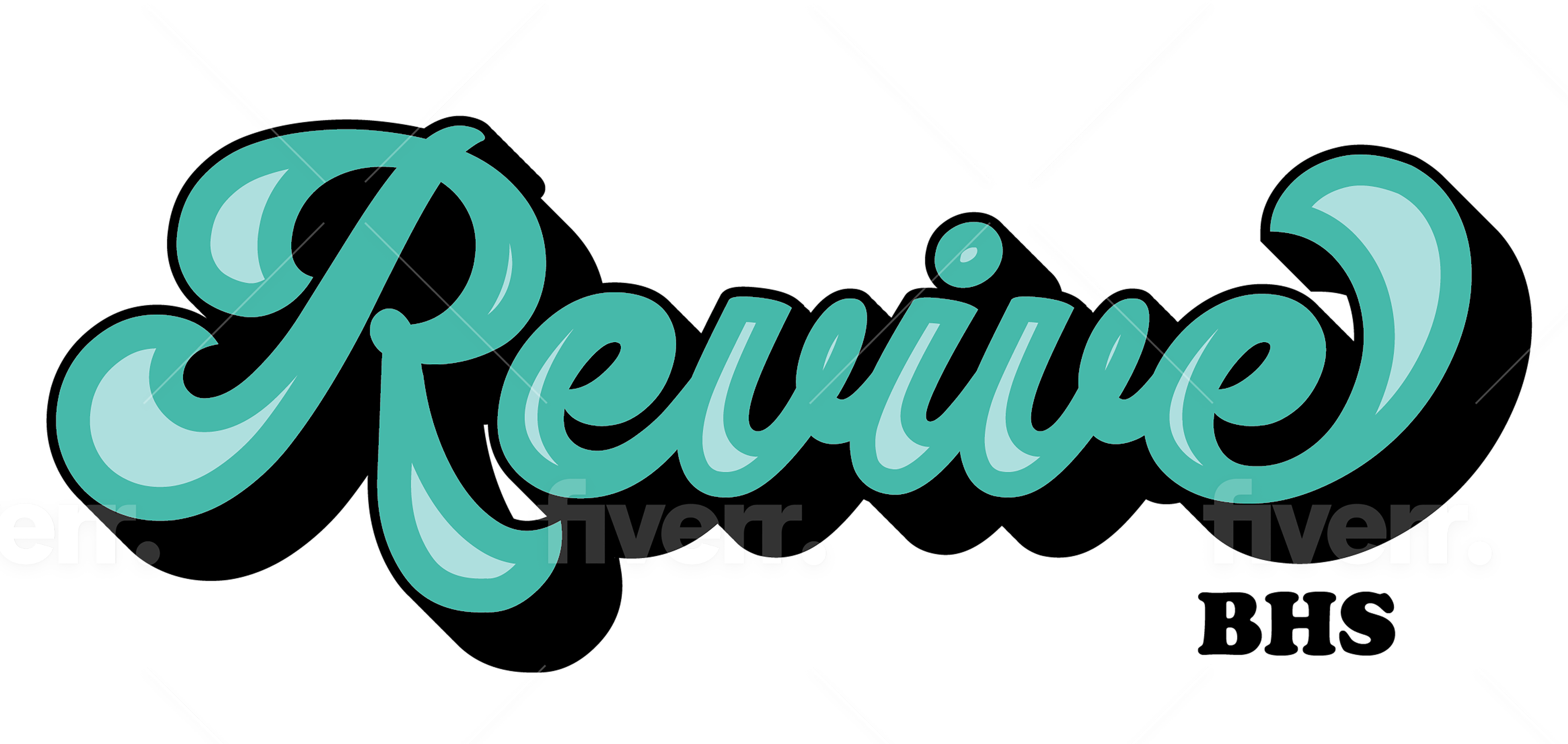Introduction to Credentialing with Virginia Medicaid
Credentialing with Virginia Medicaid is a critical step for behavioral health providers looking to offer services to Medicaid recipients in the state. It’s a process that ensures providers meet the necessary standards to deliver care under the Virginia Medicaid program. However, navigating the credentialing process can be complex, especially since it involves multiple steps, including working with the Department of Medical Assistance Services (DMAS) and enrolling with various Managed Care Organizations (MCOs). Here’s a comprehensive guide to help you understand and successfully navigate the credentialing process with Virginia Medicaid.
Step 1: Initial Credentialing with DMAS
The first step in becoming a Virginia Medicaid provider is to go through the credentialing process with the Department of Medical Assistance Services (DMAS). This process verifies that you, as a healthcare provider, meet the qualifications required to deliver services under Medicaid.
- Application Submission: Begin by submitting an application through the DMAS Provider Enrollment Portal. You’ll need to provide detailed information about your practice, including proof of licensure, certifications, and other documentation that demonstrates your qualifications.
- Verification Process: Once your application is submitted, DMAS will review your credentials. This includes verifying your professional qualifications, work history, malpractice history, and any disciplinary actions. The goal is to ensure that all providers meet Virginia’s high standards for Medicaid providers.
- Approval: If your credentials are verified and approved by DMAS, you will be granted a Medicaid provider number. This number is essential, as it allows you to bill for services rendered to Medicaid recipients.
Step 2: Enrolling with Managed Care Organizations (MCOs)
In Virginia, Medicaid services are often administered through Managed Care Organizations (MCOs). After being credentialed with Medicaid (DMAS), the next step is to enroll with each MCO that operates in the state. Each MCO has its own enrollment process, and it’s crucial to complete this step to ensure you can serve Medicaid patients covered by different MCOs.
- Research MCOs: Virginia has several MCOs that manage Medicaid benefits, including Aetna Better Health, Anthem HealthKeepers Plus, Molina Healthcare, Optima Health, and UnitedHealthcare, among others. Determine which MCOs operate in your service area and make a list of those you need to enroll with.
- Submit Enrollment Applications: Each MCO will require you to submit an enrollment application. This application is similar to the DMAS credentialing process but is specific to the MCO’s requirements. Be prepared to provide your Medicaid provider number, along with additional documentation as requested by the MCO.
- Contracting and Credentialing with MCOs: Upon submission, the MCOs will conduct their own credentialing process, which may involve additional verification steps, including checking your DMAS credentials, verifying your practice location, and assessing your readiness to serve their members.
- Approval and Contract Signing: After successfully completing the MCO’s credentialing process, you will receive a contract to become a network provider. Signing this contract allows you to bill the MCO for services provided to their members.
Step 3: Maintain Compliance and Recredentialing
Credentialing is not a one-time process. Both DMAS and the MCOs will require periodic recredentialing to ensure that providers continue to meet the necessary standards. This involves updating your information, renewing licenses, and verifying that your practice remains compliant with all relevant regulations.
- Stay Informed: Keep up with any changes in Medicaid policies, both at the state level and within each MCO. This includes understanding new regulations, billing procedures, and service requirements.
- Timely Recredentialing: Mark your calendar for recredentialing dates and ensure that all necessary documentation is submitted well in advance. Missing these deadlines can result in delays or the inability to bill for services until recredentialing is complete.
Conclusion
Credentialing with Virginia Medicaid is a multi-step process that requires attention to detail and careful management. By successfully navigating credentialing with DMAS and enrolling with each MCO, you position your practice to serve a broader patient base and ensure that your services are accessible to those who need them most. At Revive BHS, we offer support throughout the credentialing process, helping behavioral health providers streamline their applications and ensure compliance every step of the way. Contact us today to learn how we can assist you in becoming a credentialed Virginia Medicaid provider.
